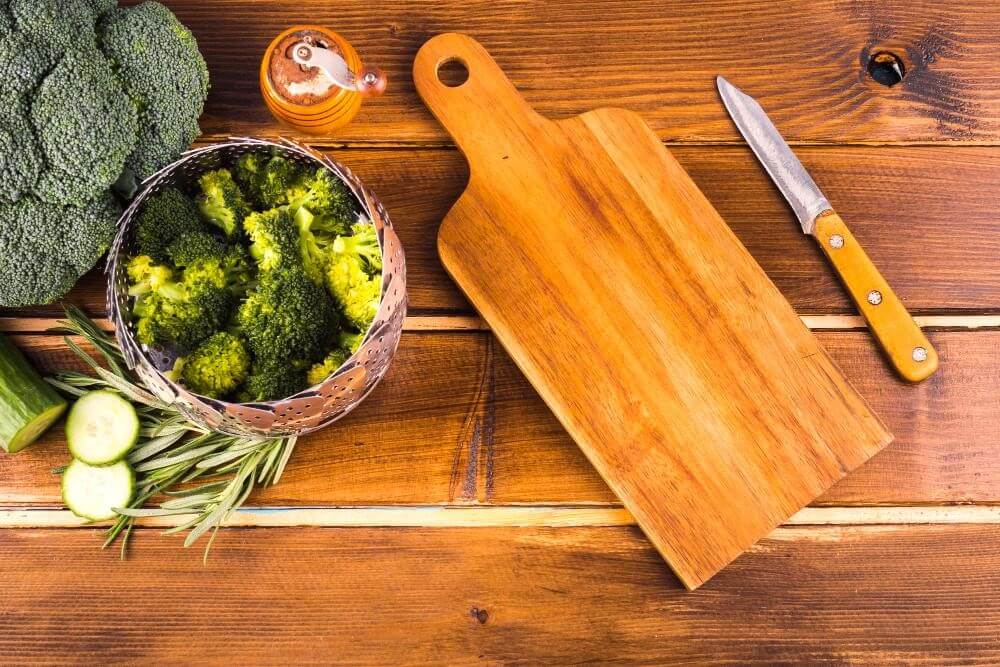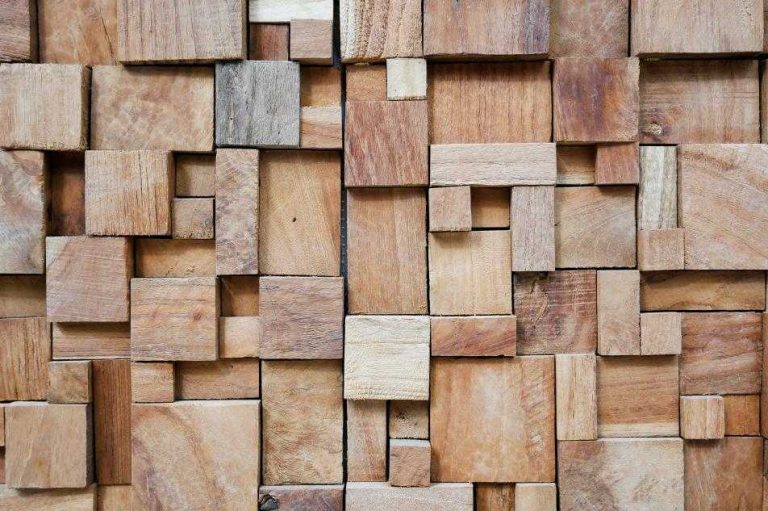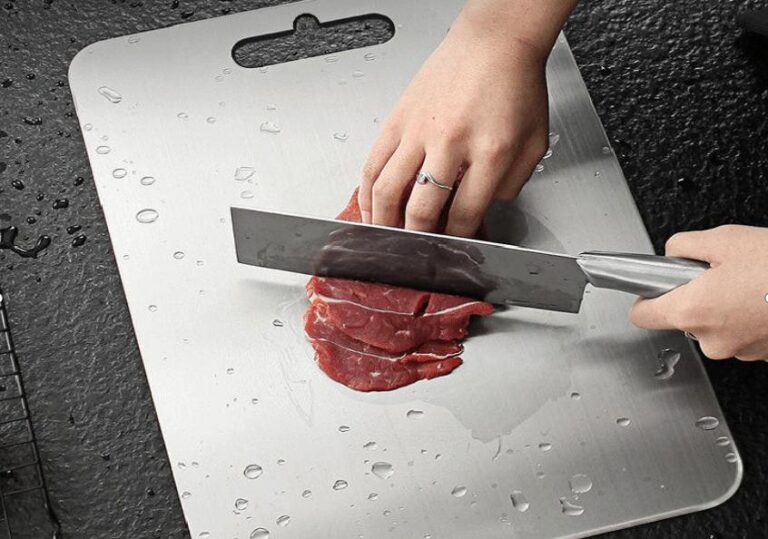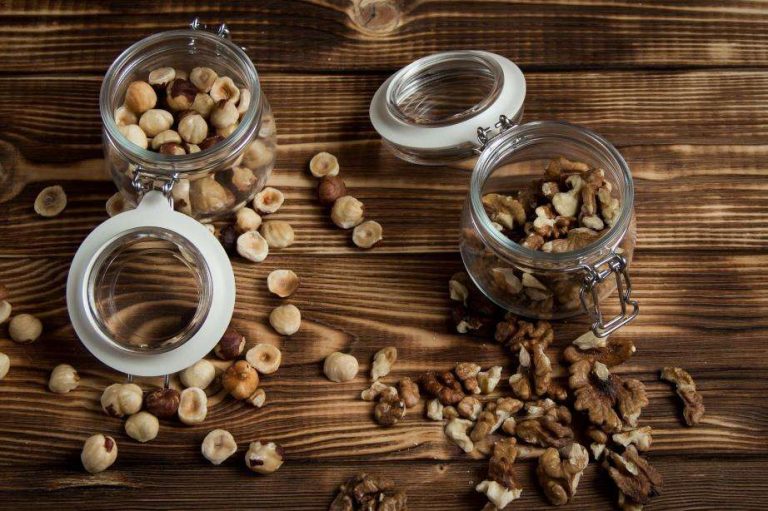A cutting board isn’t just another kitchen accessory, it’s something you reach for every single day.
Whether you’re chopping vegetables, carving meat, or serving cheese, the board you use directly affects hygiene, knife longevity, and your overall cooking experience.
Among the many options available, acacia wood cutting boards have become increasingly popular. They’re known for their rich color, natural durability, and affordable price point, but are they truly a smart choice for everyday kitchen use?
In this article, we’ll take a closer look at the characteristics of acacia wood, and is acacia wood good for cutting boards, explore its pros and cons, and compare it with other popular cutting board materials and more.
The characteristics of Acacia cutting boards
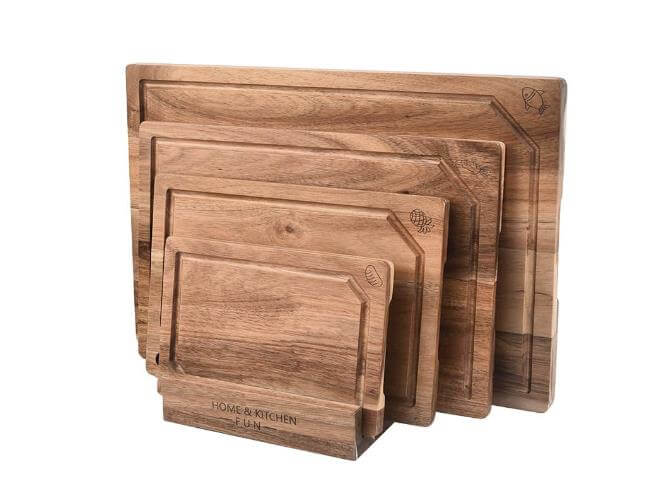
1. Hardness and durability
Acacia is classified as a hardwood, with a Janka hardness rating ranging between 1,500–2,200 depending on the species.
This makes it hard enough to resist deep scratches and dents from regular knife use, but not so hard that it quickly dulls your blades. It strikes a useful balance for daily kitchen tasks.
2. Natural water resistance
One of acacia’s biggest selling points is its ability to repel moisture. Thanks to its naturally high oil content and dense grain structure, it’s less likely to absorb water compared to softer woods.
This makes it a good candidate for kitchens where boards are frequently rinsed or washed.
3. Rich appearance
Acacia boards are visually appealing, often displaying a warm golden brown to dark chocolate tone with visible natural grain patterns.
Each board has a one-of-a-kind look, which adds a rustic, handcrafted feel to kitchens and makes it a popular choice for gift-worthy boards.
4. Weight and handling
Acacia is moderately heavy, heavier than bamboo, but lighter than walnut. It feels sturdy on the countertop without being difficult to move around. Many boards also include juice grooves or built-in handles for better usability.
5. Sustainability and affordability
Because acacia grows relatively fast and is often sourced from managed plantations, it’s considered an eco-friendlier alternative to some exotic hardwoods.
It also tends to be more affordable than walnut or maple while offering comparable performance in home kitchens.
Acacia cutting boards pros
- Acacia is one of the most durable hardwoods for cutting boards. It’s resistant to moisture, scratching, and won’t warp easily.
- Over 1,300 species make acacia a sustainable wood for all industries.
- Acacia is aesthetically pleasing with a beautiful grain pattern, regardless of the species.
- Acacia cutting boards are easy on knives but sturdy enough to prevent unwanted marks.
Acacia cutting board cons
- It can be expensive, but the varieties offer affordable options.
- Most acacia cutting boards have a weight to them. This can make it difficult to wash and move around the kitchen.
- Acacia isn’t known for its workability. Even though the surface won’t get scratched fast, it will eventually. When your customers resand it to remove them, it will pose challenges.
Acacia tends to lose its color after exposure to sunlight. Its color can fade away or turn gray, unlike shifting to a darker shade like most other hardwoods.
Buy Wholesale Cutting Boards and Start Scaling up with Us Today
Contact us and connect with a sales rep to get a free quote.
How Acacia compare to other woods?
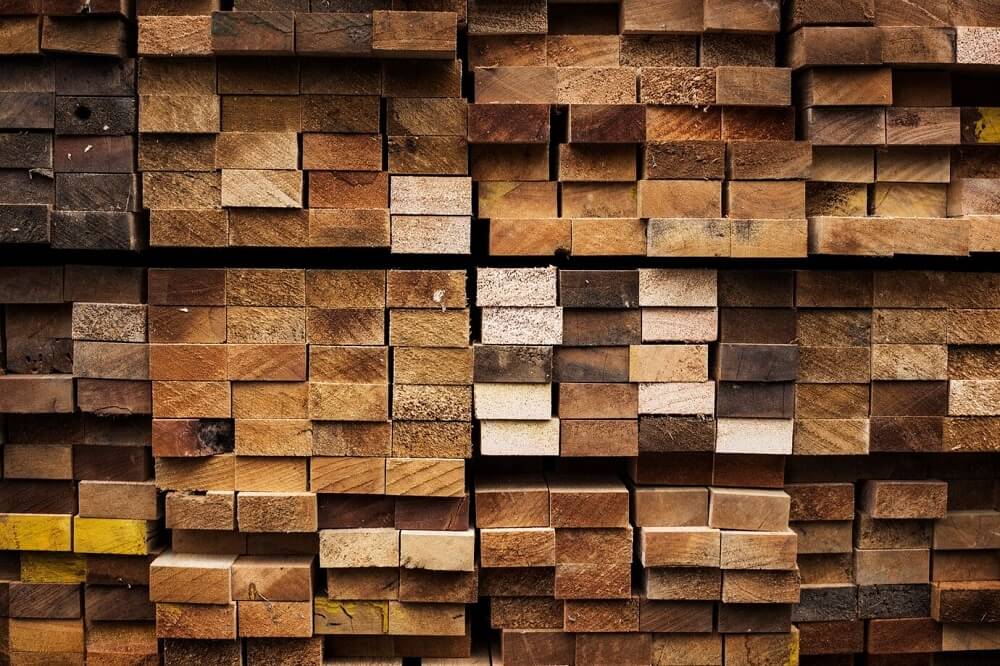
When choosing a cutting board, acacia often finds itself compared to other popular materials like maple, walnut, teak, and bamboo. Here’s how it stacks up:
Acacia vs. Maple
- Hardness: Maple (around 1,450 Janka) is slightly softer than most acacia species, which means it may show scratches more easily, but is gentler on knife edges.
- Maintenance: Both require regular oiling, but acacia’s natural oils give it a slight edge in water resistance.
- Appearance: Maple has a lighter, uniform look. Acacia is darker with richer grain variation, more decorative, less minimal.
Acacia vs. Walnut
- Durability: Walnut is softer (around 1,000 Janka), making it more knife-friendly but also more prone to wear.
- Aesthetics: Both are attractive, but walnut’s deep, uniform brown is considered more premium, and comes with a higher price tag.
- Price: Acacia wins here. It offers a similar visual warmth at a much lower cost.
Acacia vs. Teak
- Water Resistance: Teak has a slight edge due to its higher oil content, making it highly resistant to moisture and staining.
- Knife Wear: Teak contains silica, which can dull knives faster than acacia.
- Maintenance: Both are low-maintenance, but teak boards are often more expensive.
Here’s an article comparing Acacia and Teak in greater detail.
Acacia vs. Bamboo
- Sustainability: Bamboo grows faster and is more eco-friendly, but it’s technically a grass, not a wood, and is often glued together, which raises food-safety questions.
- Hardness: Bamboo is very hard and can be harsh on knives. Acacia is better balanced for durability and edge preservation.
Feel: Acacia feels more solid and natural under the knife. Bamboo can feel stiff or brittle by comparison.
Is Acacia wood safe for food prep?

Yes, acacia wood is widely regarded as food-safe and is commonly used in cutting boards, serving trays, and even salad bowls.
- Naturally Antibacterial – Acacia has natural antibacterial properties, which help reduce the growth of microbes on the surface, a key benefit in food prep environments.
- Non-Toxic and Hardwood-Dense – Acacia is a hardwood with a tight grain structure, which makes it less likely to absorb liquids, stains, or odors. It doesn’t splinter easily and is non-toxic when untreated or finished with food-grade oils.
- Safe Finish Options – Most acacia cutting boards are treated with mineral oil or beeswax — both of which are food-safe. Avoid boards coated with varnishes or synthetic lacquers if you’re unsure about their safety.
- Good for Raw and Cooked Foods – Thanks to its durability and resistance to moisture, acacia can be safely used to prepare meats, vegetables, fruits, and more, as long as it’s cleaned properly between uses.
Buy Wholesale Cutting Boards and Start Scaling up with Us Today
Contact us and connect with a sales rep to get a free quote.
Does Acacia wood turn gray over time?
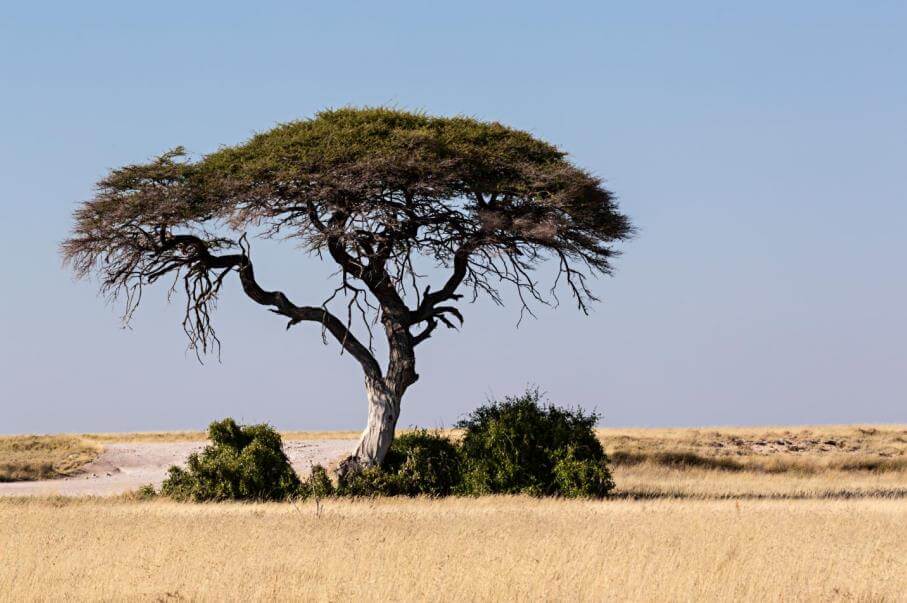
Yes, like most natural woods, acacia can develop a grayish patina over time, especially when exposed to sunlight and outdoor elements.
Why does it happen?
The graying is a natural result of UV exposure and oxidation, not a sign of damage. It mostly affects untreated or outdoor boards.
Indoor use? Not a major concern
For indoor cutting boards, this isn’t typically an issue, especially if the board is regularly oiled and kept out of direct sunlight.
How to prevent it?
You can maintain acacia’s rich brown tones by:
- Applying food-grade mineral oil regularly
- Storing the board in a dry, shaded area
- Avoiding prolonged exposure to water or soap buildup
Can you restore the color?
Absolutely. A light sanding and re-oiling can often bring back its original luster, even if it’s already started to gray.
Maintenance tips for Acacia cutting boards
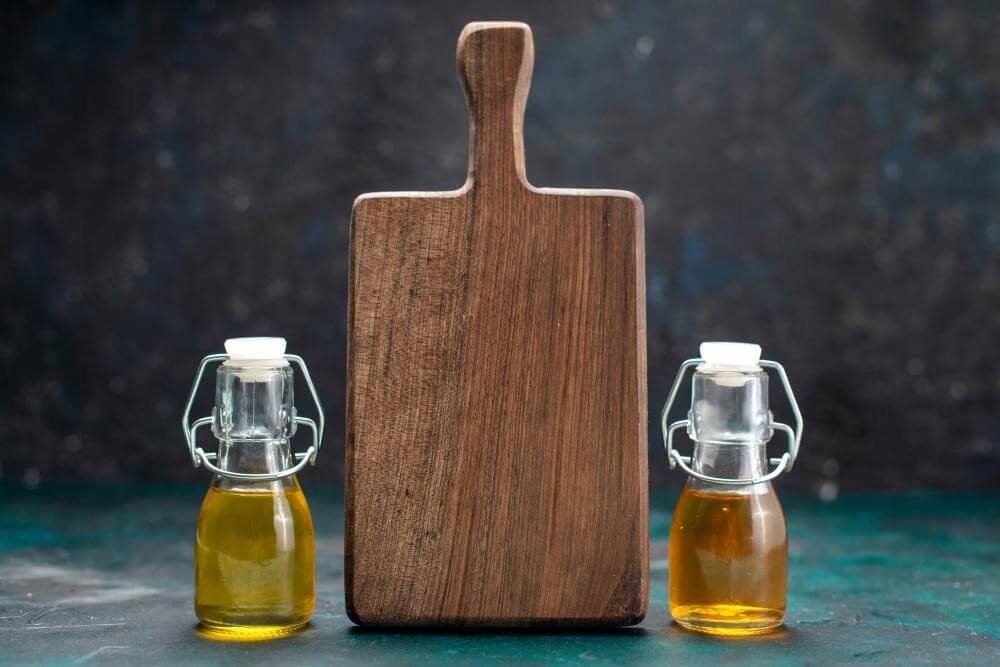
Acacia cutting boards are durable, but like all natural wood, they benefit from regular care to stay in great shape. Here’s how to keep them looking and performing their best:
1. Hand wash only
Always wash your acacia board by hand using mild soap and warm water. Avoid soaking it or putting it in the dishwasher. Too much moisture and heat can cause warping or cracks.
2. Dry immediately
After washing, towel-dry your board right away. Leaving it to air dry for too long can lead to moisture damage or mildew over time.
3. Oil regularly
To maintain the board’s moisture resistance and rich appearance, apply food-grade mineral oil or beeswax conditioner every few weeks. This prevents the wood from drying out and developing cracks.
4. Avoid prolonged sun exposure
Leaving your board in direct sunlight for too long can cause fading or warping. Store it in a cool, dry place between uses.
5. Rotate use
To prevent uneven wear, use both sides of the board if possible, this helps extend its lifespan and maintain its flatness.
Is an Acacia cutting board right for you?
If you’re looking for a cutting board that combines durability, beauty, and affordability, acacia is a solid choice. It’s tough enough for everyday use, gentle on knives, and visually unique with its natural patterns and warm tones.
That said, it’s not completely maintenance-free. You’ll need to oil it regularly and avoid soaking it to keep it in top shape. And while it may not have the ultra-premium reputation of teak or walnut, acacia offers impressive performance for the price.
Whether you’re a home cook or a kitchenware reseller, acacia boards are a great fit for anyone who values practicality with a touch of style.
Looking to add high-quality acacia boards that fit your knife store? Contact us today to get started.
